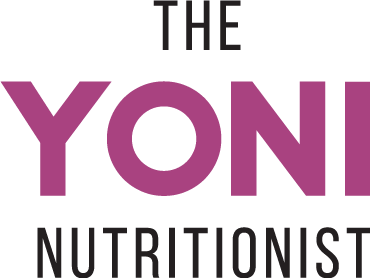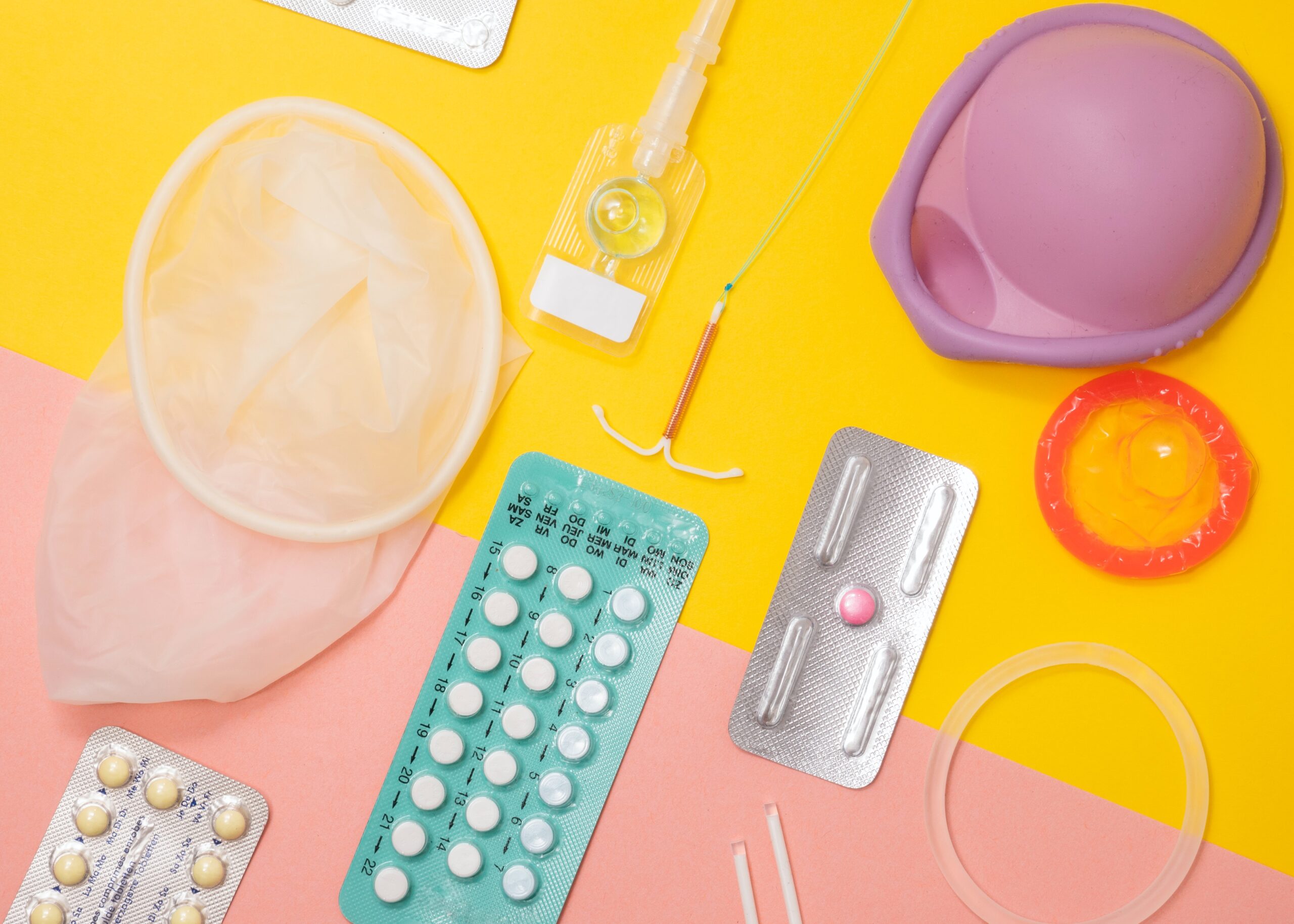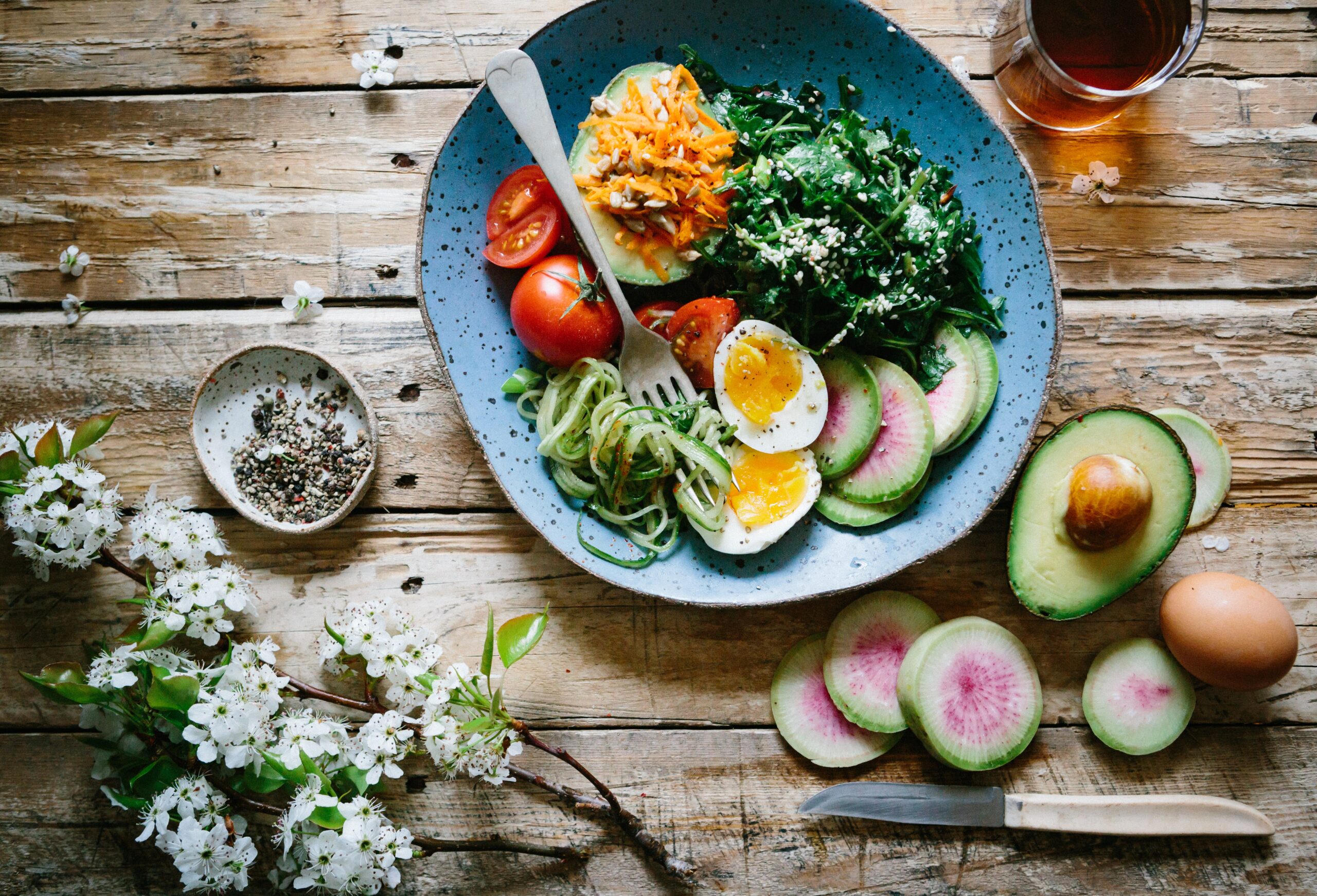Why your Vaginal pH is Important in Maintaining your Vaginal Health
June 23, 2021

Did you know that your vagina has its own pH, which is a measure of how acidic or basic the vaginal fluid is?
A healthy vaginal pH is between 3.8-4.5, which is normally more acidic.
(For reference: a pH <7=ACIDIC, 7=neutral, >7=BASIC)
Your vagina is home to different types of good (and bad) acid-producing bacteria. To prevent dryness and maintain a chemical balance your vagina also regularly produces acidic fluid.
Your vagina’s acidity helps protect it against germs, and helps to kill harmful bacteria, parasites, and fungi.
If your vaginal pH levels are off-balance, the mucosal layer of the vagina can weaken, causing your vagina to be more prone to vaginal infections like yeast infections, bacterial vaginosis (BV), and some STI’s.
A yeast infection can cause your “kitty” to become more acidic.
A BV infection makes it more basic.
Here are some signs and symptoms if your vaginal pH is off-balance:
- Odor – sourdough bread-like if it’s a yeast infection, and a strong fishy/metallic/pungent if it’s a BV infection
- Itchiness
- Burning
- Swelling and inflammation
- Pain
- Discharge (white cottage cheesy discharge if it’s a yeast infection, grey lotion-y/white watery discharge if it’s a BV infection)
Unbalanced Vaginal pH Causes
Your diet and lifestyle – If you are eating a diet high in sugar and inflammatory foods like gluten and dairy, processed foods, foods high in saturated fats, excess caffeine, and alcohol intake, this can impact your vaginal pH levels causing it to become even more acidic. Smoking (nicotine) is also the worst thing for your vaginal health, and if your partner smokes, this can also affect your vaginal pH when you have ejaculatory sex!
Your menstrual cycle – Where you are in your menstrual cycle, whether you’ve gone through menopause, and if you’re pregnant can all affect your vaginal pH level. Menstrual blood has a pH of 7.4, so during your period your pH is elevated. Most women’s bodies can handle the difference, but some find that they are prone to infection during or after menstruation. The LUTEAL PHASE of your cycle is also important which is the phase between ovulation and menstruation. Like yeast infections, BV can be caused by hormonal fluctuations due to pregnancy or menstruation during the luteal phase of your cycle. If you are experiencing chronic BV or yeast infections, it is important to learn how to nourish your body accordingly during these times of the month, with the different physiological changes that are going on in your body.
Ejaculatory Sex – Semen has a pH of 7.2 and 8.0 which can also upset your vaginal pH balance. A healthy vagina is normally acidic, while healthy sperm are alkaline, which can throw off the balance of bacteria in your vagina. If you keep getting recurring vaginal infections after sex with your partner, either stop having ejaculatory sex, ask them to wear a condom, or even look at their diet/lifestyle which maybe also needs to change.
Medication – Antibiotic medication can raise your vaginal pH because it kills ALL bacteria, both good and bad. Birth control pills can also change vaginal pH for some people, which can potentially lead to yeast or BV infections.
Douching – Douching is a method of cleaning the inside of the vagina with a liquid solution. It’s different from washing the outside of your vulva with soap and water. Douching usually involves squirting a pre-packaged fluid mixture (usually containing all kinds of artificial ingredients/fragrances) into your vagina with a tube or other tool. This process can raise your vaginal pH causing infections.
Lubricants – Lubricants reduce dryness in the vaginal area during sex. Some lubricant products have a pH higher than 4.5. This higher pH can kill healthy bacteria and lead to infection. Also, beware of lubricants that contain the ingredient glycerin which breaks down to sugars and promotes yeast infections and BV.
How to Maintain Vaginal pH Balance
Here are some simple steps you can take to maintain healthy vaginal pH levels and avoid infections:
Change your diet – Here’s where I can help! Your vaginal microbiome is connected to the health of your gut microbiome. If your vaginal pH levels are off, changing your diet will help to replenish the good vaginal flora and fight off the bad vaginal bacteria, which is KEY to treating the root cause of vaginal pH imbalances, which cause common BV and yeast infections. Managing and maintaining your blood sugar levels is also key to managing and preventing these infections (because the bacteria feed off of sugar if you are consuming too much sugar in excess). I have written previous blog posts about this and my BV Elimination Diet will help you understand exactly what to do and HOW to do it.
https://yoni-nutrition.teachable.com/p/the-bv-elimination-diet
Use condoms during sex/avoid ejaculatory sex – Like the vagina, the penis has its own bacteria and as I mentioned above, sperm is more alkaline. Unprotected sex can lead to infections if these bacteria come in contact with your healthy vaginal microbiome. Using a condom keeps bacteria on the surface of the penis separate from your vaginal area and prevents throwing off your vagina’s healthy pH balance.
Avoid douching – Your vagina (internally) is a self-cleaning organ. You do not need to wash anything inside of your vagina. It is so bad for it! Instead wash the outside area around your vulva with water instead and only natural products if necessary (with no artificial fragrances or ingredients).
Wear the right clothing – Tight clothing can reduce airflow to your vagina and can possibly lead to vaginal inflammation and infections. Wear cotton underwear, and let your vagina breathe at night! Also, keep your vagina dry – no sitting in wet bathing suits or sweaty gym clothes. Bring a change of clothes, bathing suit, and underwear if you plan on getting wet!
If you are experiencing symptoms of unbalanced vaginal pH:
An unbalanced vaginal pH can potentially lead to long-term health issues, putting you at risk of pelvic inflammatory disease (PID), infertility, and STI’s.
If you’re experiencing chronic symptoms of an imbalanced vaginal pH, BV and/or yeast infections, I have a few ways I can help you.
I created the BV Elimination Diet program which is a gut-health maintenance plan giving you the tools and knowledge of how to change your diet and what to eat/avoid eating to manage your BV symptoms and prevent them from coming back in the future.
It has been helping so many of my clients, and they have experienced results within just weeks of starting the program and learning about what foods work for their body and which foods trigger their symptoms.
https://yoni-nutrition.teachable.com/p/the-bv-elimination-diet
You can also take an at-home pH test. You can purchase an at-home kit to test your vaginal pH. These kits come with special paper to insert into your vagina for a short time, and a color chart. The paper changes color based on your vaginal pH. Different pH ranges turn different colors. I recommend this pH-testing kit which you can order online: https://amzn.to/3vQC5WE (US)
https://amzn.to/3wWyAPS (Canada)
However, the pH test won’t tell you what specific infection you may have. Your vaginal pH can also change even if you don’t have an infection so it’s not 100% accurate.
Talk to your doctor. Your doctor can diagnose any infections that could be linked to vaginal pH. They will ask about your medical history, your symptoms, examine your vagina, and maybe even take swabs to determine if you have a yeast infection or a BV infection. Your doctor can prescribe antibiotics and other treatments to ease your symptoms.
As much as I hate to say it, sometimes antibiotics are required to give you some temporary relief to treat your BV symptoms, especially if you are experiencing chronic BV.
A holistic approach with changing your diet and lifestyle is important to help you get to the root cause of your vaginal pH imbalances and BV infections, which is the only way to manage them and prevent them from coming back in the future.
My BV Elimination Diet program will help if you are experiencing chronic bacterial vaginosis infections.
https://yoni-nutrition.teachable.com/p/the-bv-elimination-diet
My F*CK Candida online candida elimination program can help if you are experiencing BOTH chronic yeast infections AND BV infections.
https://yoni-nutrition.teachable.com/p/f-ck-candida-2
If you live with Candida and need personal support, I offer 1:1 support calls as part of my services and create a safe space for you to feel comfortable talking about your experience with someone who understands. Here’s the link to book a 30min call with me:
Tags
You may like these too
How to Manage Recurring Vaginal Infections Around Your Period
Are you getting recurring vaginal infections in connection with your period? Maybe they’re com
Tags
November 14, 2023
How to Heal Your Gut After Hormonal Birth Control
Taking long-term hormonal birth control can have negative side effects on your gut health, and incre
5 Foods for Your Vagina
Did you know that your vaginal health is connected to your gut health? Everything you eat, drink and
Tags
January 19, 2023
The Secret To A Happy, Healthy Vagina
Who doesn’t want a happy and healthy vagina? Sadly, there are many people who struggle with th
Tags
November 10, 2022





